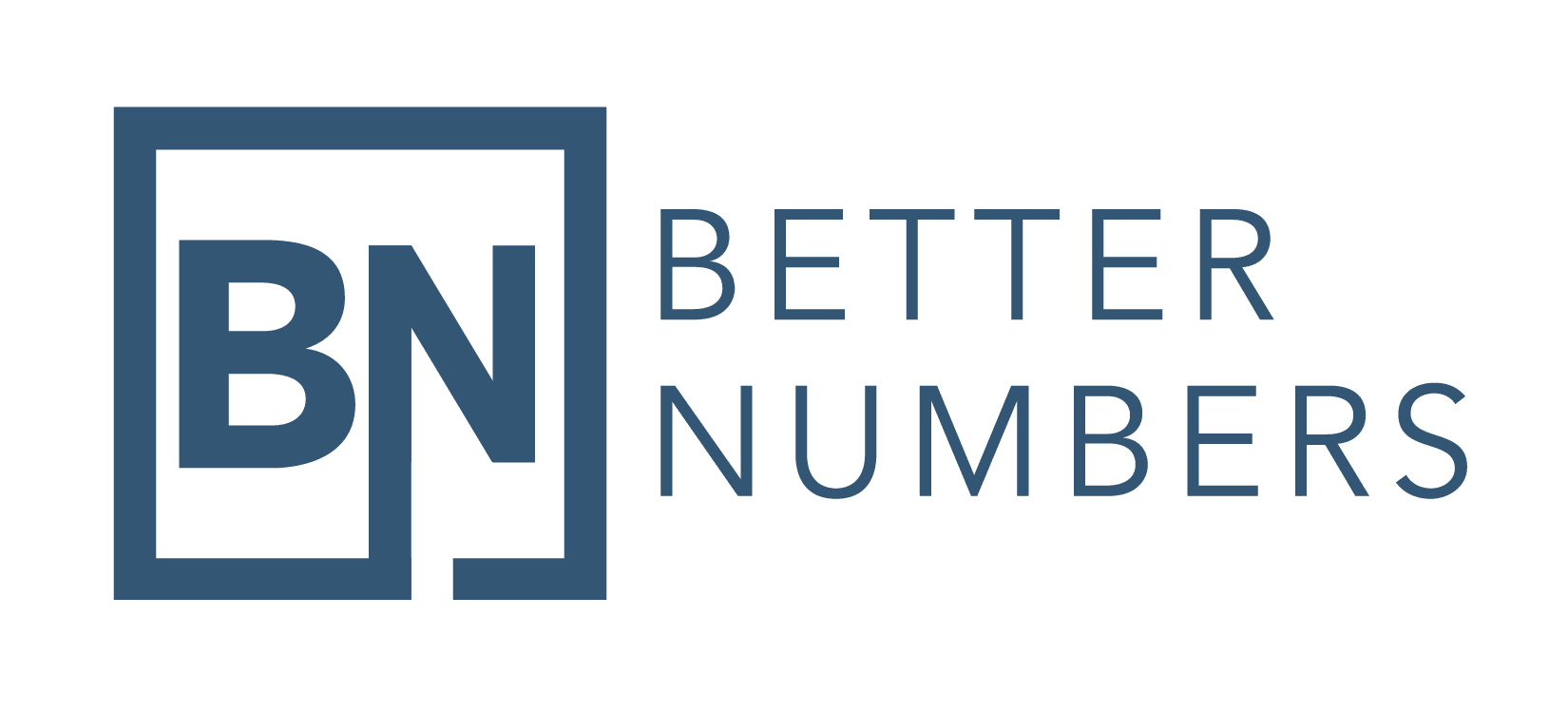Running a business is hard. The decisions you make as an owner will impact the lives of your employees, your customers and your family. To give yourself the highest probability of success, you need to have high-quality information at your fingertips in order to make well-informed decisions.
Good decisions based on good data have a good chance of working out in your favor.
Good decisions made on bad data have a good chance of not working out well.
That’s where bookkeeping and accounting come in.
What is bookkeeping?
In my view, bookkeeping is the process of entering and classifying all of the transactions of a business for a given period of time into a system or software.
What’s the difference between bookkeeping and accounting?
Accounting picks up where bookkeeping leaves off. After all transactions are entered into the system, the accounting process does the following, among other functions:
- The balance sheet is reconciled. This process makes sure that everything that’s in the financials is included, and everything that shouldn’t be in the financials is excluded.
- The transactions are classified accurately.
- The activity is substantiated. Reconciliations are great, but substantiation is arguably the most important activity in the accounting process. A good way to start the substantiation process is to look at the balance sheet, trended over multiple periods, and ask “does thing XYZ still exist (for example a loan)?” If the answer is now, it needs to be cleared from the financials in some way.
- The financial statements are organized in such a way as to be meaningful to the decision-making process in the business. For instance, we don’t use general ledger accounts that have infrequent or immaterial levels of activity.
- Data analysis. For example, “what was our margin last month on XYZ service?”
What does it mean to “cleanup the books?”
“Cleaning up the books” is the process of getting the financial data of a business to the point in which it is accurate, substantiated and organized in such a way that the data can reliably inform business decisions.

What does the process look like?
Here are the general steps that we take to cleanup messy financials. The process necessarily needs to be collaborative with the business owner, both to understand everything that exists or may exist and to understand how the business operates for the context of what the accounting needs to look like. Here are the general steps:
- Inventory the bank, credit card and loan accounts with the business owner
- Collect statements for all account types listed above, monthly, for the period of time we are cleaning up
- Convert account statements into transaction-level data that can be imported into the accounting software, if needed
- Classify transactions through the first month of the cleanup period
- Create amortization schedules for all loans based on loan documents received from the business owner
- Connect any payroll software to the accounting software and map the transaction types to the proper general ledger accounts
- Reconcile all accounts identified in step #1 through the first month
- Iterate through all months until we reach the most recent month
- Assess the appearance of the financial statements and how they are presented. Then, we compare the financial statements to our template for the industry and note differences and opportunities for improved presentation.
- At this point we work collaboratively with the business owner to make sure our understanding of the business operations is accurate and the changes we are proposing to the financial statement presentation will be helpful in running the business.
- Create new general ledger accounts and update existing accounts per our analysis in the prior step
- Reclassify transactions to the appropriate general ledger accounts
- Close or delete general ledger accounts which are no longer in use or will not be in use
- Analyze consistency of transactions by vendor and customer. That Zoom subscription should always go to your Software expense account. Not Software one month, then Dues & Subscriptions the next month and then Office Expenses the month after that.
TLDR
Having accurate and timely financial information is crucial to running a successful business. It is very common for new customers to come to us with a mess. If they didn’t have a mess, they probably wouldn’t be coming to us in the first place. The first step in our onboarding process is to gain an understanding of the business. Soon thereafter, we work collaboratively with the business owner to gather documentation and organize their books in such a way that will have the maximum impact on their ability to run the business.
Cleaning up the books is a necessary early step in leveraging financial data to run a successful business. Over time we have created and documented a thorough process for this step in our onboarding.




